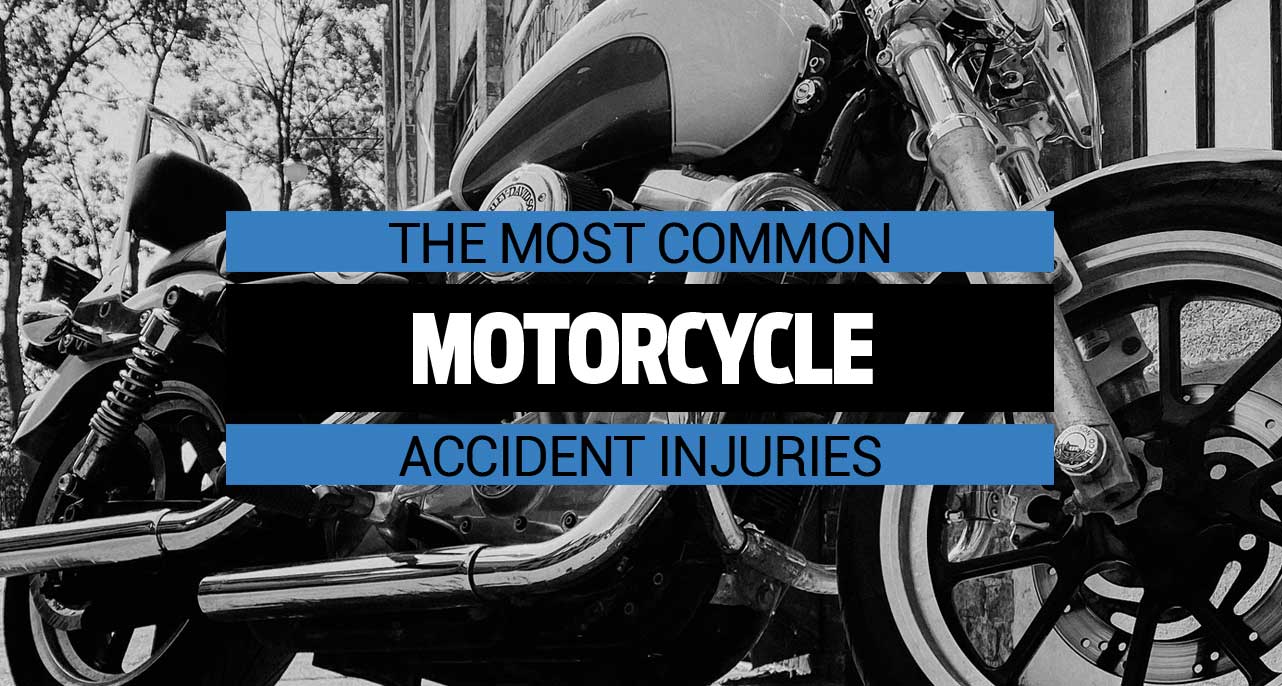
Introduction
Motorcycle accidents can have devastating consequences, often resulting in a wide range of injuries. Understanding the most common motorcycle accident injuries is crucial for riders, drivers, and anyone concerned about road safety. This article provides a comprehensive overview of the top injuries resulting from motorcycle accidents. Whether you’re a rider or a motorist, this guide aims to enhance your awareness and promote safer road practices.
Table of Contents
- Head Injuries
- Road Rash
- Bone Fractures
- Spinal Cord Injuries
- Internal Injuries
- Soft Tissue Injuries
- Limb Amputations
- Biker’s Arm
- Emotional Trauma
- Preventing Motorcycle Accident Injuries
Head Injuries
Head injuries, including concussions and traumatic brain injuries (TBIs), are a common outcome of motorcycle accidents. Wearing a helmet significantly reduces the risk of severe head injuries.
Road Rash
Road rash occurs when a rider’s skin scrapes against the road surface. Even at low speeds, road rash can be painful and lead to infections. Proper riding gear like jackets, pants, and gloves can help prevent road rash.
Bone Fractures
Fractured bones, especially in the arms, legs, and collarbones, are frequent motorcycle accident injuries. These injuries often require surgical intervention and extended recovery periods.
Spinal Cord Injuries
Severe motorcycle accidents can result in spinal cord injuries, leading to paralysis or impaired mobility. Helmets and protective gear may reduce the risk, but cautious riding is paramount.
Internal Injuries
Blunt force trauma from motorcycle accidents can cause internal injuries, such as damage to organs, internal bleeding, or ruptured spleen. These injuries may not always be immediately apparent but can have serious consequences.
Soft Tissue Injuries
Muscles, ligaments, and tendons can be strained, sprained, or torn during motorcycle accidents. These injuries can cause long-term pain and affect a rider’s mobility.
Limb Amputations
The risk of limb amputation is higher in motorcycle accidents due to the exposed nature of the rider. Prompt medical attention and adherence to traffic rules can help prevent such injuries.
Biker’s Arm
When a rider falls during an accident, they often instinctively extend their arms to break the fall. This can lead to nerve damage, known as “biker’s arm,” causing numbness and loss of motor function in the affected arm.
Emotional Trauma
Motorcycle accidents can result in psychological trauma, including post-traumatic stress disorder (PTSD), anxiety, and depression. Seeking professional help is important for emotional recovery.
Preventing Motorcycle Accident Injuries
- Helmet Usage: Always wear a DOT-approved helmet to reduce the risk of head injuries.
- Protective Gear: Don appropriate riding gear, including jackets, gloves, pants, and boots, to minimize road rash and injuries.
- Defensive Riding: Stay vigilant, follow traffic rules, and anticipate potential hazards to avoid accidents.
- Driver Awareness: Motorists should be cautious and watch for motorcycles, especially in blind spots.
- Avoid Impairment: Never ride under the influence of alcohol, drugs, or substances that can impair your judgment.
- Training Courses: Consider taking motorcycle safety courses to enhance your riding skills and road awareness.
Conclusion
Motorcycle accidents can result in a wide range of injuries, from minor cuts and bruises to severe head trauma and spinal cord damage. By understanding the most common motorcycle accident injuries and following safety guidelines, riders can take proactive steps to reduce the risk of accidents and their associated injuries. Similarly, motorists’ awareness of motorcyclists and adherence to road safety rules can contribute to a safer coexistence on the roads. Always prioritize safety to enjoy the thrill of motorcycle riding responsibly.
